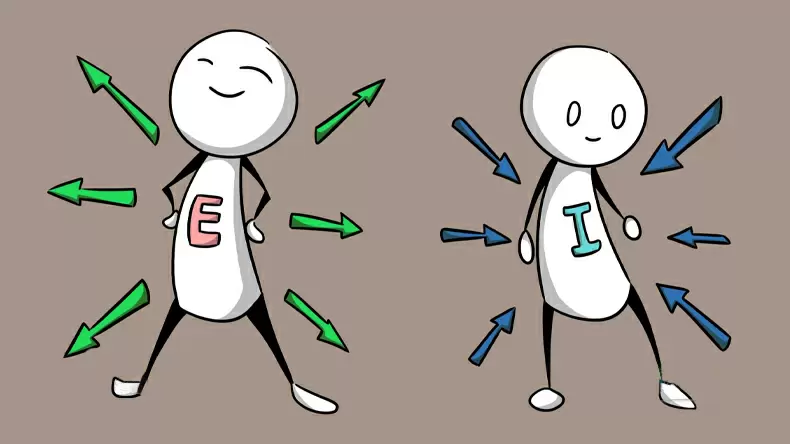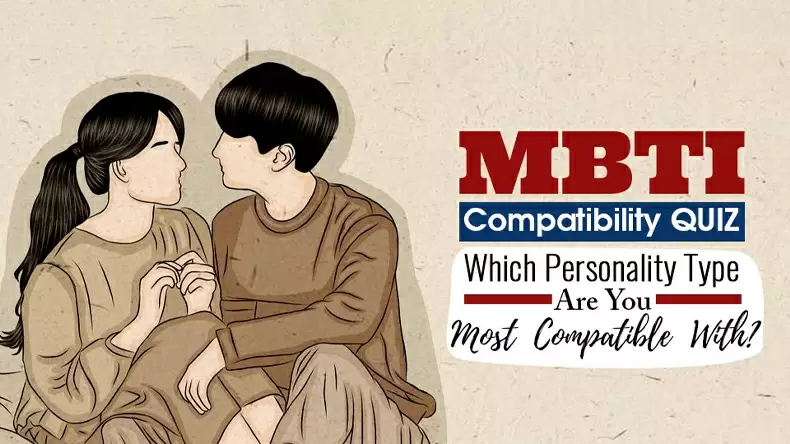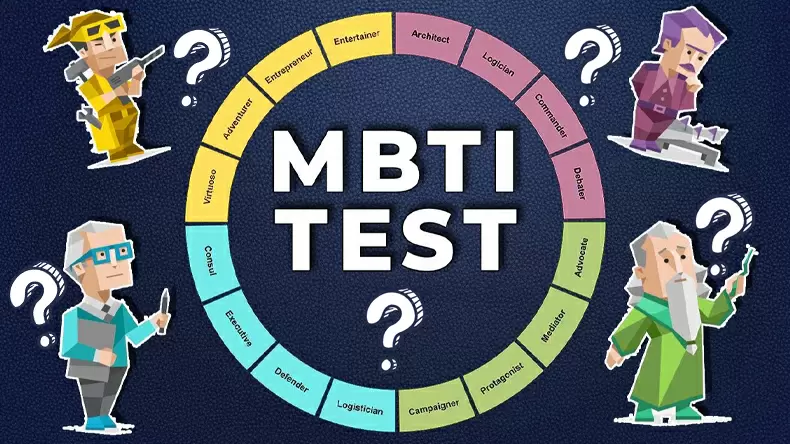Which LE SSERAFIM Member Are You? Quiz
Discover Your Social Style: Take our engaging Introversion/Extroversion Test to uncover whether you lean towards being an 'I' or an 'E'!
Introversion and Extroversion Quiz:Understanding MBTI
The Myers-Briggs Type Indicator (MBTI) is a widely used personality assessment tool that categorizes individuals into different personality types based on their preferences in four key areas: Extroversion (E) or introversion (I), sensing (S) or intuition (N), thinking (T) or feeling (F), and judging (J) or perceiving (P). 
Am I an I or an E? Exploring Introversion and Extroversion
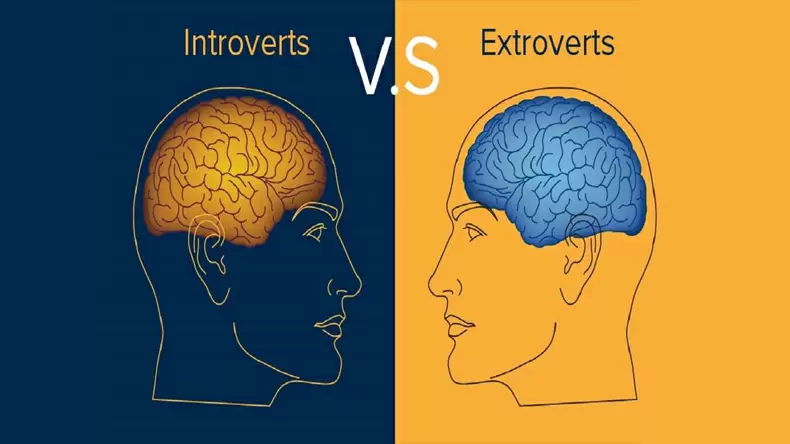
Introversion (I)
Introversion is one of the fundamental dimensions of personality in the MBTI system. Individuals who fall under the introverted category tend to focus more on their internal thoughts, feelings, and experiences rather than seeking external stimulation. They often prefer solitary activities or interactions with a small group of close friends rather than large social gatherings. Introverts are known for their reflective and introspective nature, valuing depth over breadth in their relationships and interests.
Extroversion (E)
On the other end of the spectrum lies extroversion, another core aspect of personality in the MBTI framework. Extroverted individuals are energized by social interactions and external stimuli. They thrive in group settings, enjoy meeting new people, and are often seen as outgoing and sociable. Extroverts tend to think out loud, seek out new experiences, and are more comfortable in the spotlight compared to introverts.
Introvert or Extrovert Quiz: Unveiling Your Personality Type
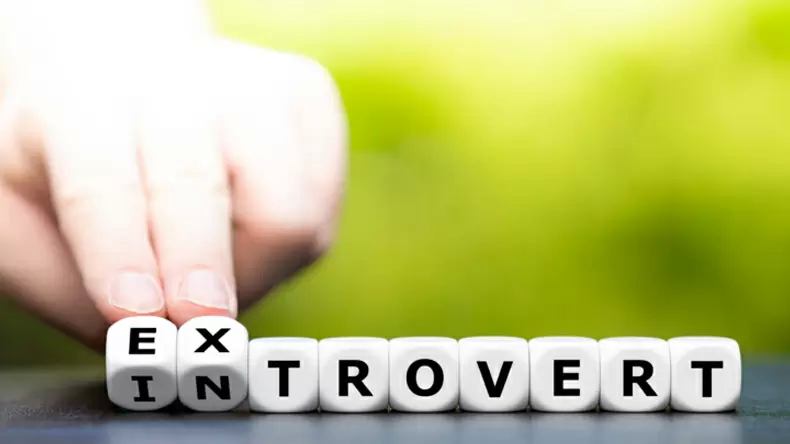
If you're curious to delve deeper into the nuances of introversion and extroversion, consider taking the Introvert or Extrovert Quiz. This quiz goes beyond surface-level traits to explore how your personality type influences your decision-making, communication style, and relationships. By understanding whether you lean towards introversion or extroversion, you can gain valuable insights into your strengths, preferences, and areas for growth.
Introversion/Extroversion Quiz: Embracing Your Unique Traits
In conclusion, introversion and extroversion are key dimensions of personality that shape how individuals interact with the world around them. By recognizing and embracing your preference for introversion or extroversion, you can better understand your needs, communication style, and relationships. Whether you identify as an introvert, extrovert, or somewhere in between, remember that both personality types have their strengths and contribute to the rich tapestry of human diversity.